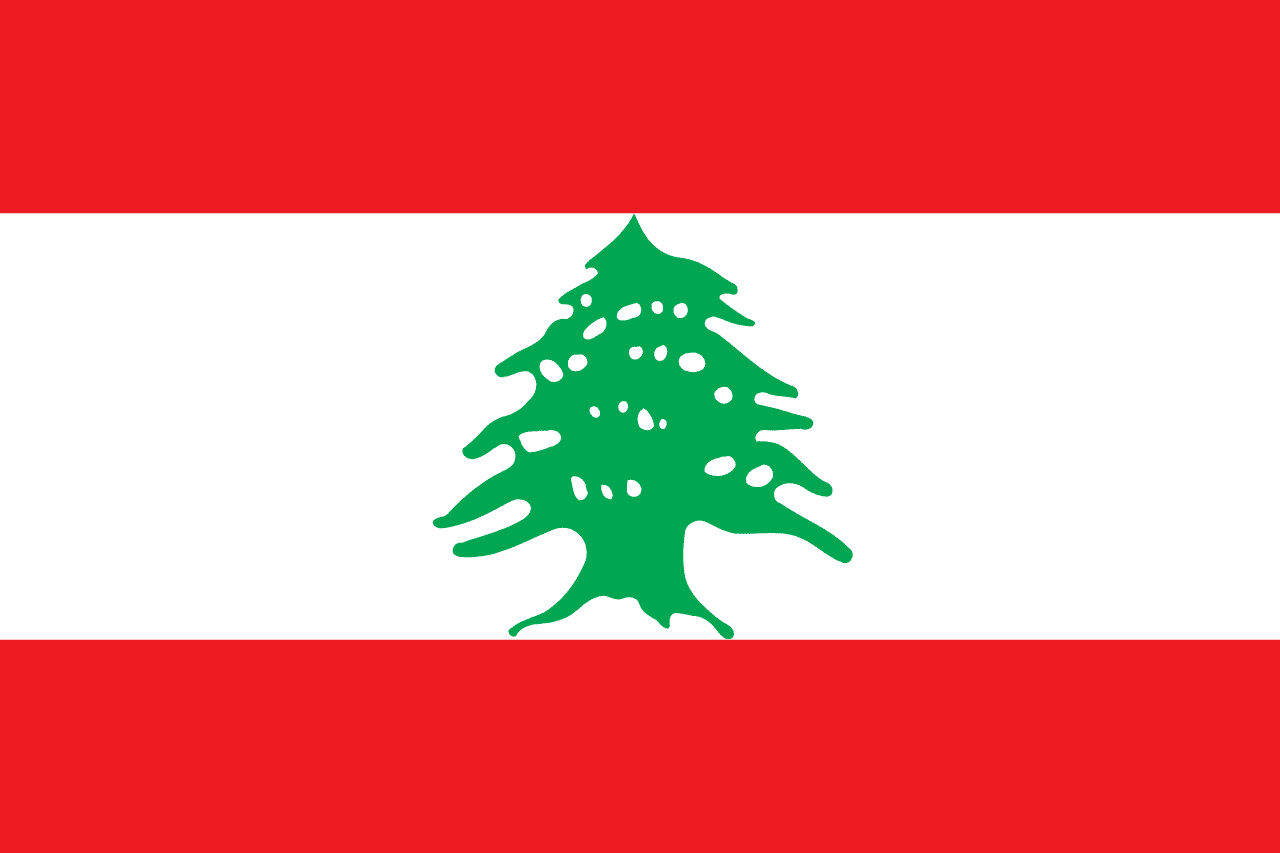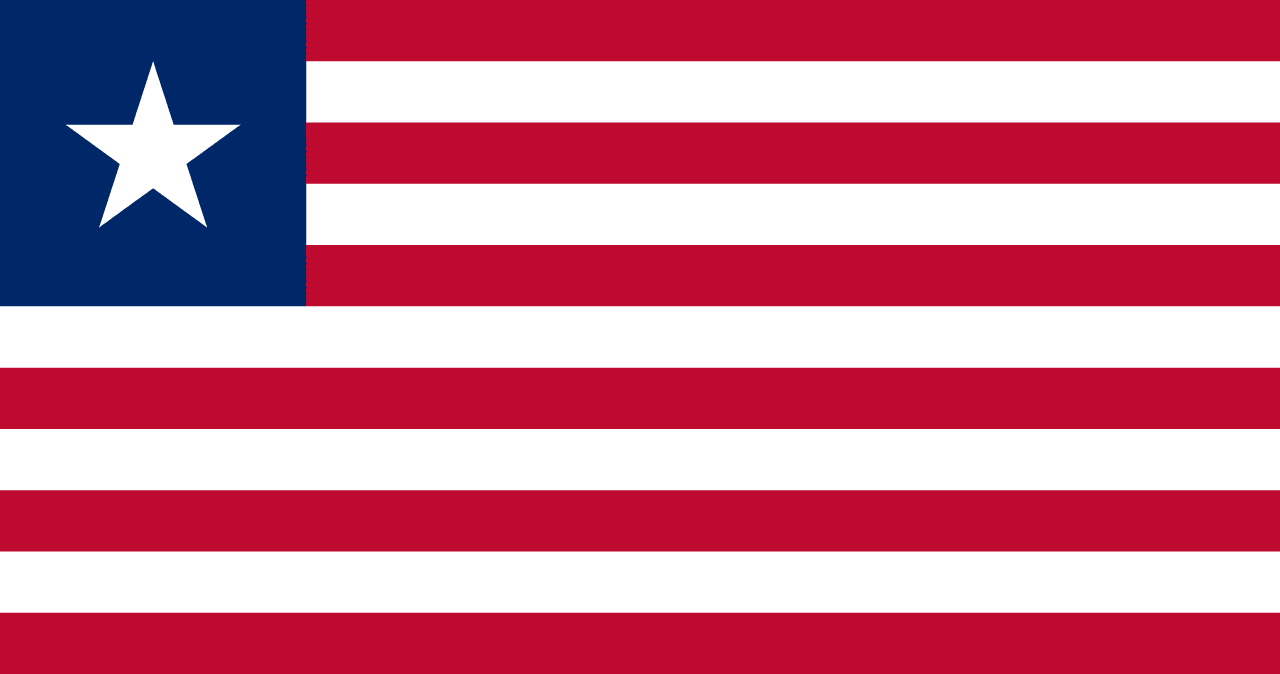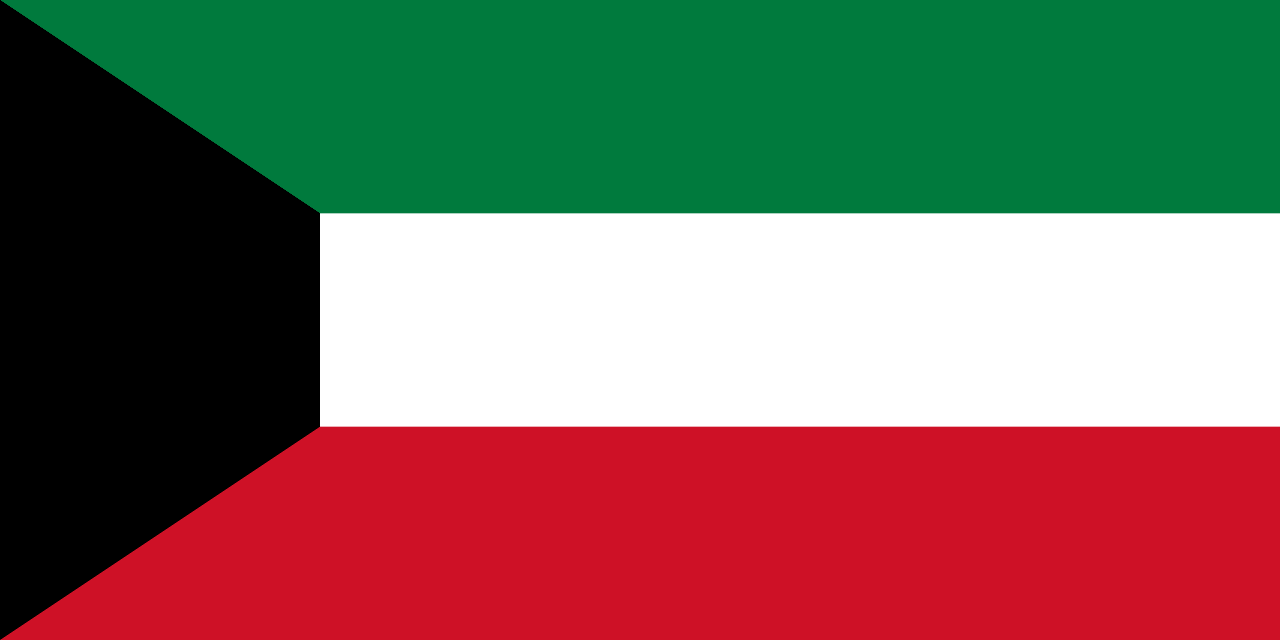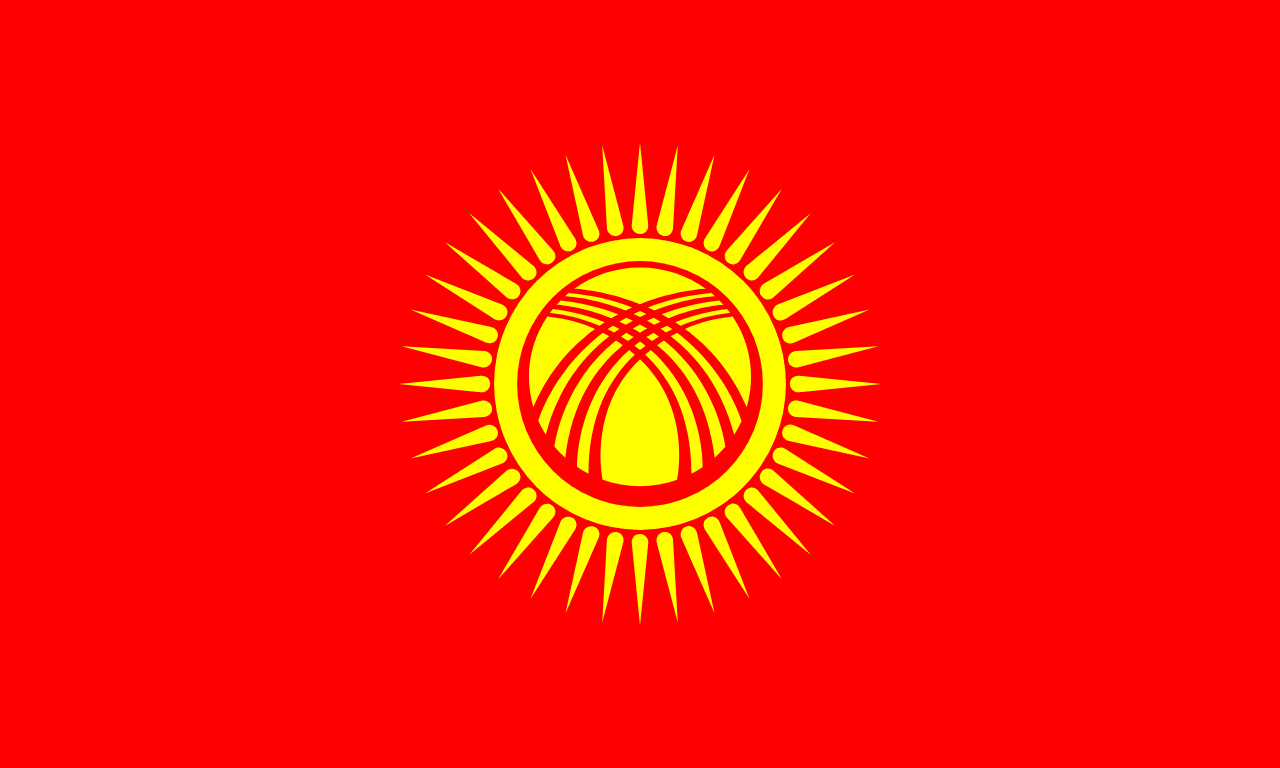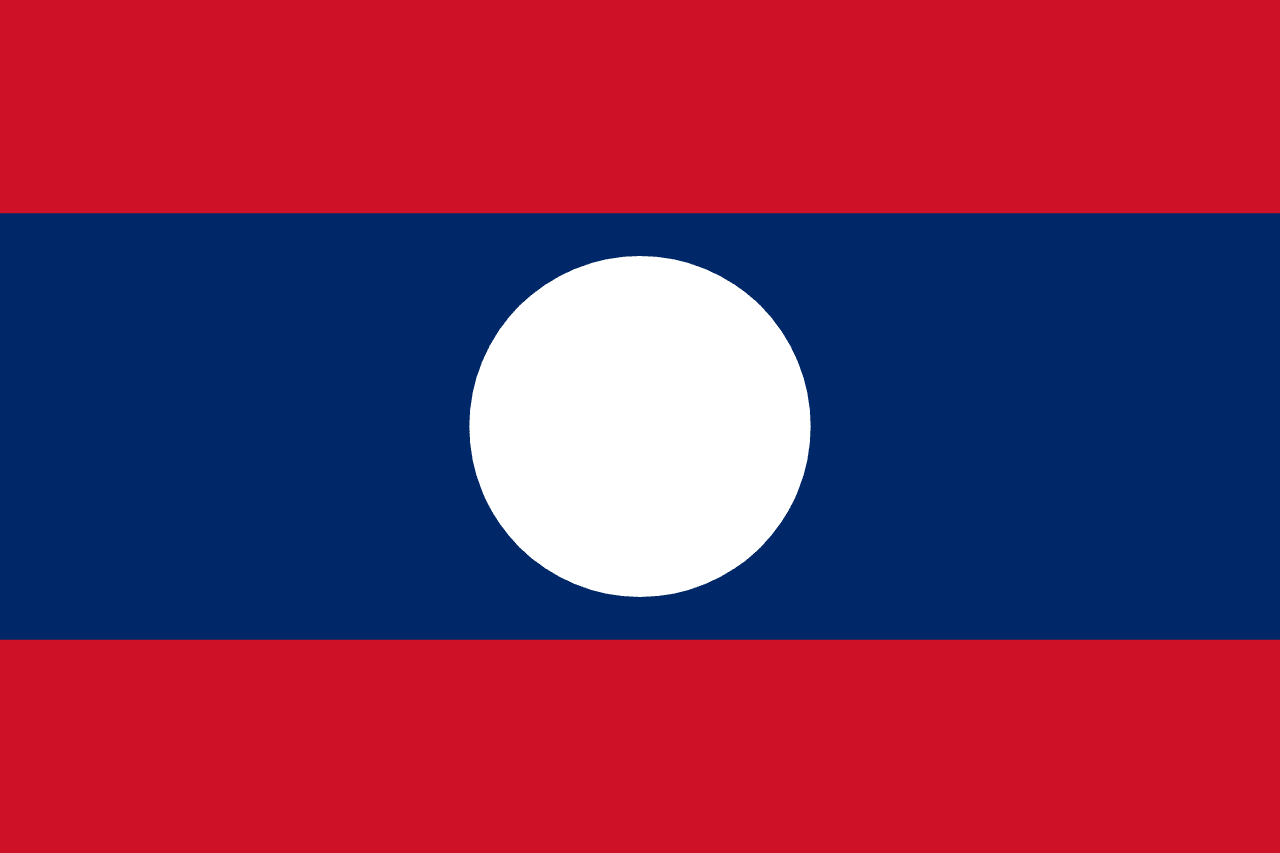The flag of Latvia consists of three horizontal stripes of carmine red, white, and carmine red. This simple yet powerful design encapsulates Latvia's rich history, cultural values, and national aspirations.
Latvia information
| National Flag Day | November 18 |
| Sovereign state | Yes |
| Official name | Republic of Latvia |
| Capital | Riga |
| Population | 1,957,200 |
| Area | 64,589 km² |
| Currency | Euro (EUR) |
| Language | Latvian |
| Continent | Europe |
| Region | Northern Europe |
| Subregion | Baltic states |
| Borders | Estonia, Lithuania, Russia, Belarus |
| Timezone | Eastern European Time (EET) UTC+2 |
| Calling code | +371 |
| Top-level domain | .lv |
History of the Latvian flag
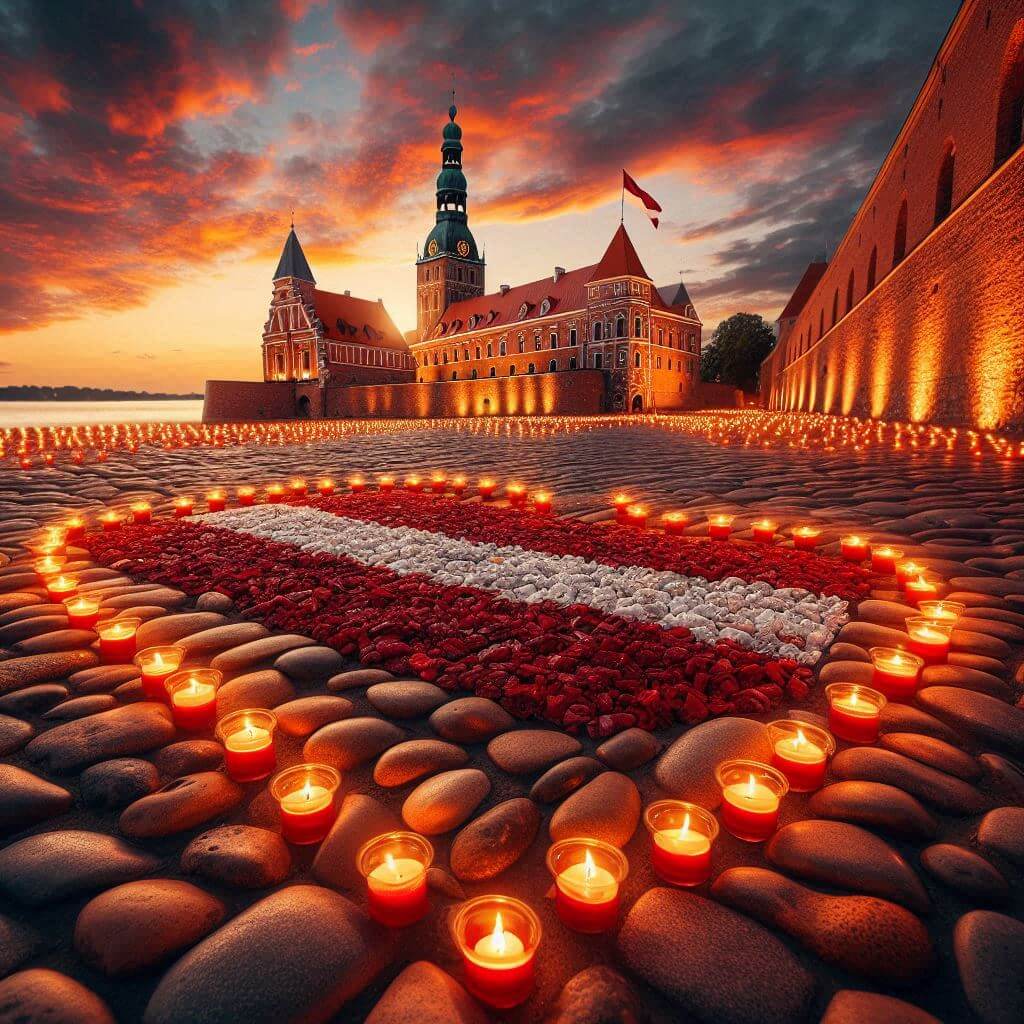 The Latvian flag has a long and storied history, with its origins dating back to the 13th century. It was officially adopted on November 18, 1918, when Latvia declared its independence after World War I. The flag's design is based on a red banner with a white stripe described in the Rhymed Chronicle of Livonia from 1279. During Soviet occupation (1940-1941 and 1944-1991), the flag was banned, but it remained a powerful symbol of resistance and national identity for Latvians. After regaining independence in 1991, the flag was once again proudly raised as the official national symbol.
The Latvian flag has a long and storied history, with its origins dating back to the 13th century. It was officially adopted on November 18, 1918, when Latvia declared its independence after World War I. The flag's design is based on a red banner with a white stripe described in the Rhymed Chronicle of Livonia from 1279. During Soviet occupation (1940-1941 and 1944-1991), the flag was banned, but it remained a powerful symbol of resistance and national identity for Latvians. After regaining independence in 1991, the flag was once again proudly raised as the official national symbol.
Symbolism and design of the Latvian flag
The Latvian flag's design is deeply symbolic and rooted in the nation's history. The carmine red color, often described as Latvian red, represents the readiness of Latvians to give their blood for freedom and their willingness to defend their sovereignty. It also symbolizes the sun, warmth, and vitality. The white stripe in the middle represents truth, honor, and the pursuit of justice. It's said to symbolize the sheet used to wrap a wounded Latvian leader in ancient battles, with the bloodstained edges forming the red stripes. This legend emphasizes the flag's connection to Latvia's struggle for independence and national identity.
Usage and significance of the Latvian flag
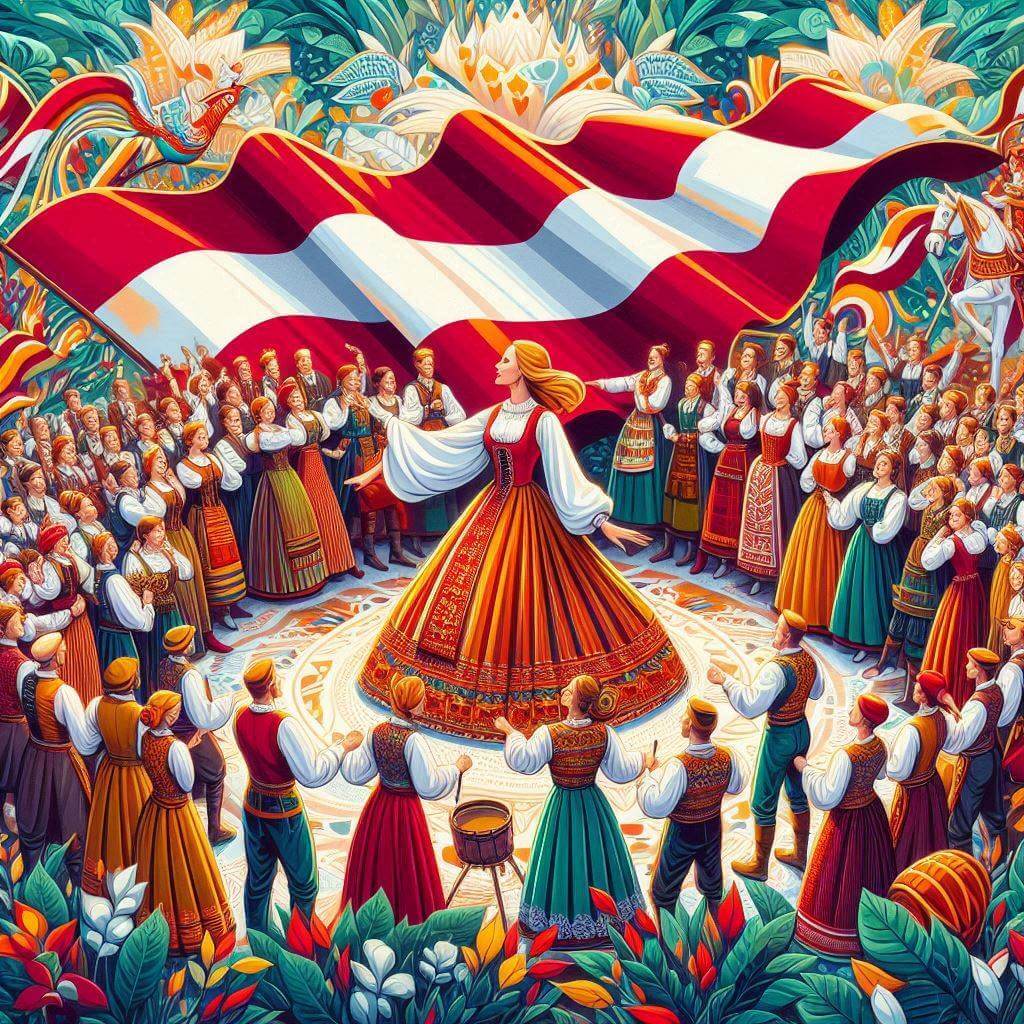 The flag of Latvia is a source of immense national pride and is widely displayed throughout the country. It flies on government buildings, schools, and private residences, especially during national holidays such as Independence Day (November 18) and Līgo (Midsummer's Eve, June 23-24). The flag plays a crucial role in official ceremonies, international events, and sports competitions, serving as a powerful symbol of Latvia's sovereignty and cultural identity. During the annual Song and Dance Festival, a significant cultural event in Latvia, the flag is prominently featured, reinforcing its role in uniting Latvians through shared heritage and traditions.
The flag of Latvia is a source of immense national pride and is widely displayed throughout the country. It flies on government buildings, schools, and private residences, especially during national holidays such as Independence Day (November 18) and Līgo (Midsummer's Eve, June 23-24). The flag plays a crucial role in official ceremonies, international events, and sports competitions, serving as a powerful symbol of Latvia's sovereignty and cultural identity. During the annual Song and Dance Festival, a significant cultural event in Latvia, the flag is prominently featured, reinforcing its role in uniting Latvians through shared heritage and traditions.
Interesting facts about the Latvian flag
- The exact shade of carmine red used in the Latvian flag is unique and officially defined as PANTONE 186C.
- Latvia's flag is one of the oldest in the world, with its design dating back to the 13th century.
- During the Soviet era, displaying the Latvian flag was punishable by imprisonment, yet many Latvians risked their freedom to preserve this symbol of national identity.
- The flag's proportions are 2:1:2 for the red-white-red stripes, with an overall ratio of 1:2 (height to width).
- On November 11, Lāčplēsis Day (Latvian Freedom Fighters Remembrance Day), Latvians place candles between the cobblestones of Riga Castle, forming an outline of the Latvian flag to honor those who fought for independence.
